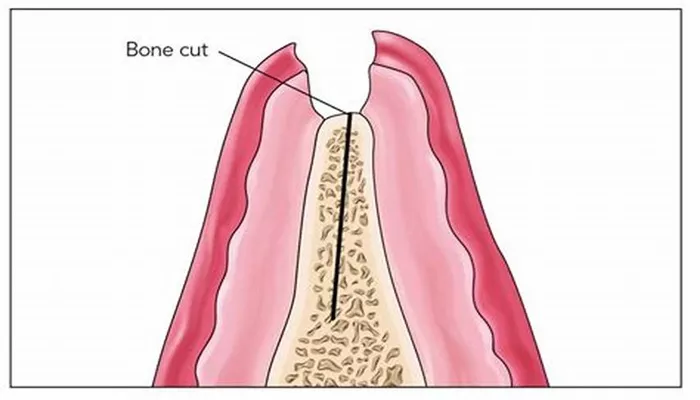Root fillings, commonly known as root canal treatments, are essential dental procedures aimed at treating infected or damaged teeth. This procedure is crucial for preserving natural teeth that might otherwise need to be extracted. By addressing issues within the tooth’s pulp, dentists can alleviate pain and prevent further complications. This article provides a comprehensive overview of root fillings, including their purpose, procedure, benefits, and aftercare.
What Is A Root Filling?
A root filling involves the removal of the pulp tissue from inside a tooth. The pulp is a soft tissue that contains nerves and blood vessels, which can become infected due to decay or injury. When the pulp becomes inflamed or infected, it can lead to severe pain and complications such as abscesses. The primary goal of a root filling is to eliminate infection, relieve pain, and save the tooth from extraction.
Why Are Root Fillings Necessary?
Root fillings are necessary when the pulp of a tooth becomes irreversibly damaged. Common reasons for pulp damage include:
Dental Decay: Extensive cavities can reach the pulp, leading to infection.
Trauma: A blow to the tooth can damage the pulp even without visible fractures.
Repeated Dental Procedures: Multiple treatments on a tooth can irritate the pulp.
Cracked Teeth: Cracks can allow bacteria to enter and infect the pulp.
If left untreated, an infected pulp can lead to serious complications, including abscess formation and bone loss around the tooth.
The Root Filling Procedure
The root filling process typically involves several steps, usually performed over one or two visits:
1. Diagnosis
The dentist begins by examining the affected tooth and taking X-rays to assess the extent of damage or infection. This helps in planning the treatment effectively.
2. Local Anesthesia
To ensure patient comfort during the procedure, local anesthesia is administered to numb the tooth and surrounding area.
This minimizes discomfort and pain during treatment.
3. Accessing the Pulp
The dentist creates a small opening in the crown of the tooth to access the pulp chamber. This access allows for effective cleaning and shaping of the root canals.
4. Pulp Removal
Using specialized instruments, the dentist carefully removes the infected or damaged pulp from inside the tooth. This step is crucial for eliminating bacteria and preventing further infection.
5. Cleaning and Shaping
After removing the pulp, the dentist cleans and shapes the root canals using files and antiseptic solutions. This process ensures that all debris and bacteria are removed from within the canals.
6. Filling the Canals
Once cleaned, the canals are filled with a biocompatible material called gutta-percha. This material seals the canals to prevent reinfection.
7. Sealing the Tooth
After filling, a temporary or permanent filling is placed in the access hole created earlier. In some cases, a dental crown may be recommended to provide additional support and protection for the tooth.
Benefits of Root Fillings
Root fillings offer several significant benefits:
Pain Relief: The procedure alleviates pain caused by infection or inflammation in the pulp.
Tooth Preservation: It allows patients to keep their natural teeth rather than resorting to extraction.
Prevention of Infection Spread: By sealing off infected areas, root fillings help prevent infections from spreading to adjacent teeth or tissues.
Improved Oral Health: Maintaining natural teeth contributes positively to overall oral health and function.
Potential Concerns And Risks
While root fillings are generally safe and effective, there are some potential concerns:
Discomfort After Treatment: Some patients may experience mild discomfort after the procedure, which usually resolves within a few days.
Tooth Discoloration: Teeth that have undergone root canal treatment may darken over time; however, cosmetic options like bleaching can address this issue.
Possible Treatment Failure: In some cases, a root filling may not completely eliminate infection or pain. If this occurs, retreatment or other procedures may be necessary.
Aftercare for Root Fillings
Proper aftercare is essential for ensuring successful healing after a root filling:
Follow Dentist Instructions: Adhere to any specific instructions provided by your dentist regarding medication and care.
Pain Management: Over-the-counter pain relievers can help manage any discomfort following treatment.
Avoid Hard Foods: It’s advisable to avoid chewing hard foods on the treated side until fully healed.
Maintain Oral Hygiene: Continue with regular brushing and flossing while avoiding irritation around the treated area.
Conclusion
Root fillings are vital procedures that save many teeth from extraction while alleviating pain associated with dental infections. By understanding what a root filling entails—from diagnosis through aftercare—patients can make informed decisions about their dental health. Maintaining regular dental check-ups is crucial for preventing conditions that may require root fillings in the first place.
With advancements in dental technology and techniques, root canal treatments have become more efficient and comfortable than ever before.

